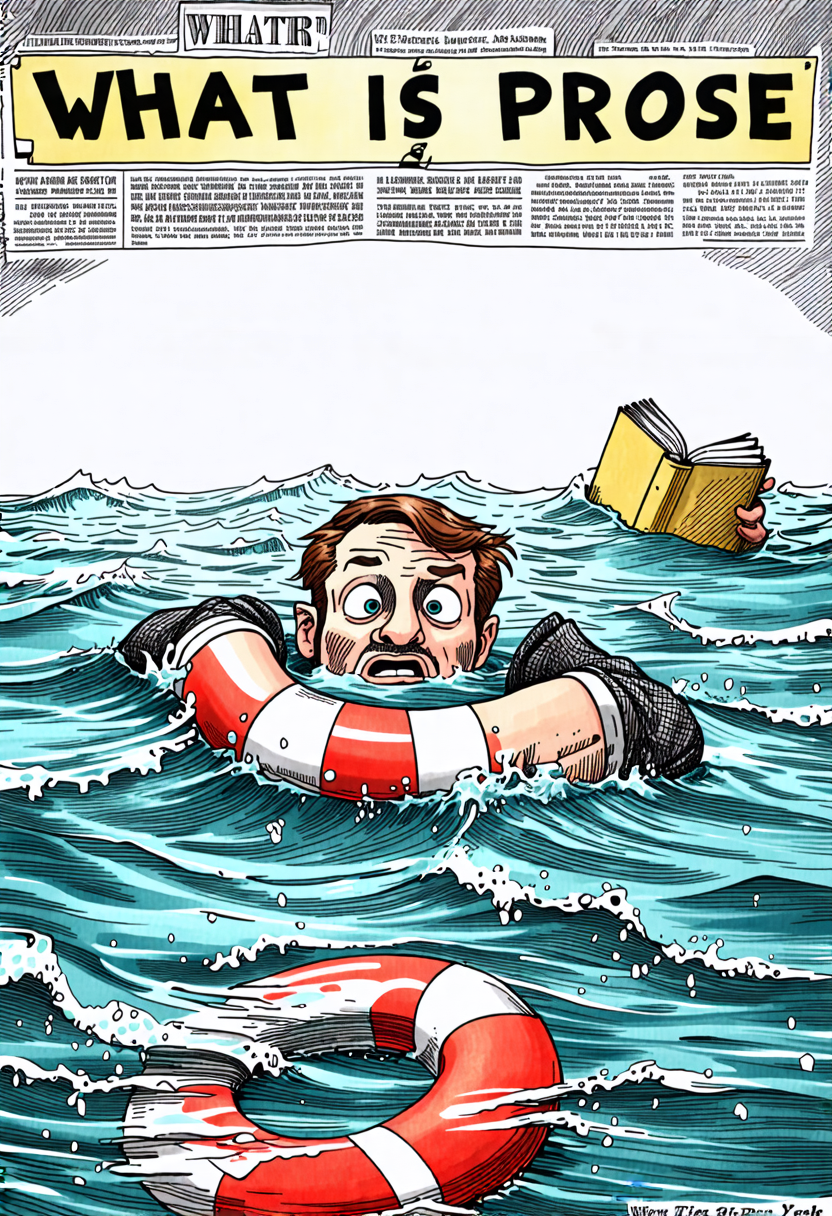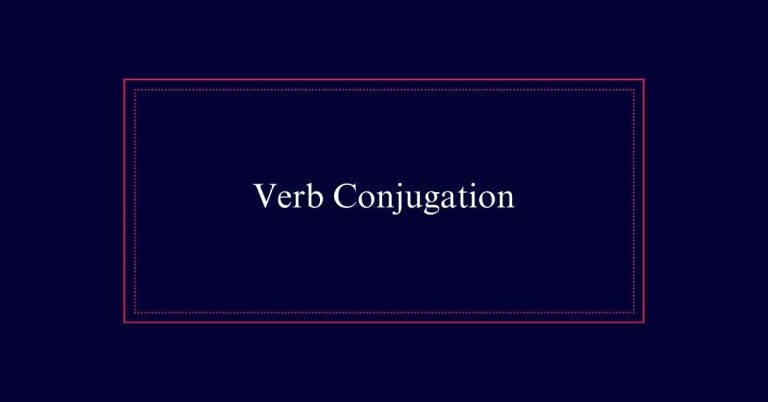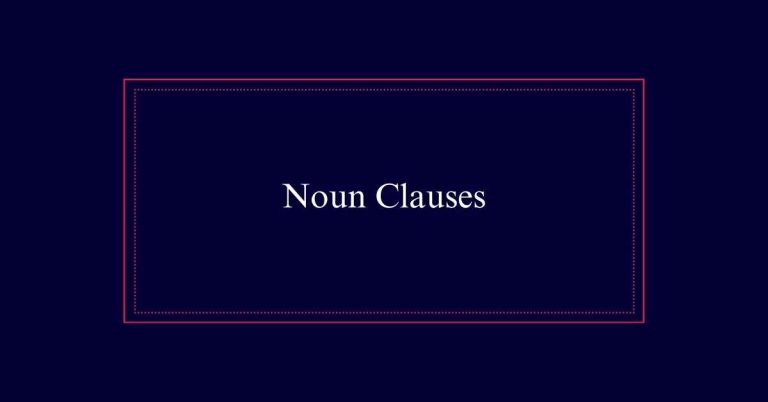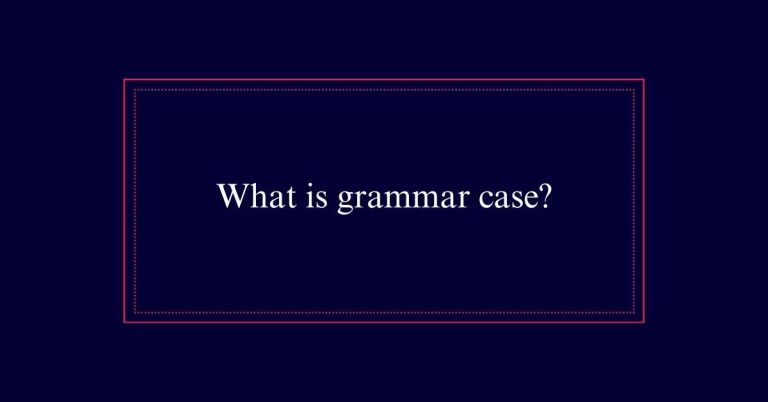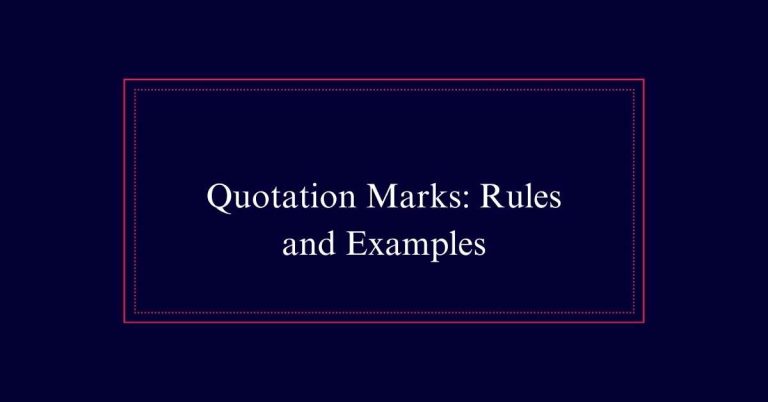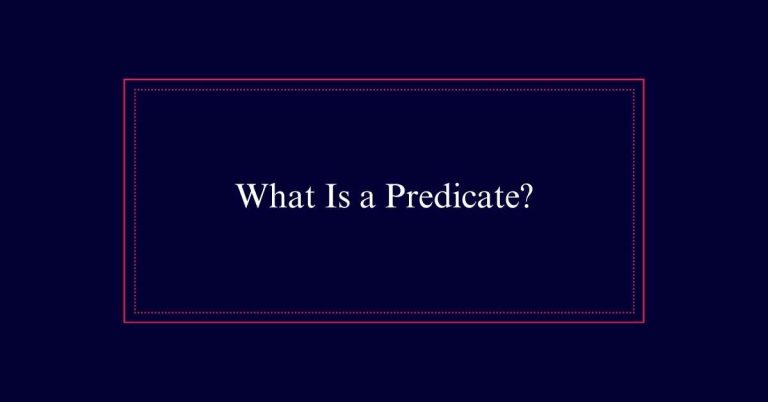What Is Prose? Meaning and Examples
Prose is a form of writing that uses ordinary grammatical structure and natural speech. Unlike poetry, prose does not follow a metrical pattern or rhyme. It is typically organized in paragraphs and aims to present ideas in a linear and logical manner. Types of prose include fictional prose, such as novels and short stories, and nonfictional prose, which includes essays and articles. Heroic prose and prose poetry are other forms.
Definition of Prose
Prose is a form of writing that lacks a metrical structure or rhyme scheme. It adheres to standard grammatical rules and presents ideas in a linear and logical order.
Prose can be found in both fiction and nonfiction works, such as novels, short stories, essays, and news articles. Its primary purposes are to entertain, inform, and persuade.
Unlike poetry, which uses structured forms and stylized formatting, prose employs everyday language and natural speech patterns. Sentences in prose flow continuously across lines and are organized into paragraphs.
Characteristics of Prose
Often characterized by its straightforwardness, prose employs standard grammatical structures to communicate ideas clearly and logically. It typically follows natural speech patterns, making it accessible and easy to understand. Prose is written in paragraphs, with sentences that flow continuously rather than being broken into lines, as in poetry. This format allows for thorough expression of thoughts, whether in fiction or nonfiction.
Unlike poetry, prose does not rely on rhyme or meter, focusing instead on narrative form and content. It can be descriptive, expository, or persuasive, serving various purposes such as informing, entertaining, or convincing the reader.
Fictional Prose
Fictional prose narrates imaginary events and characters, creating stories that captivate and entertain readers. It includes various forms such as novels, short stories, and flash fiction. These works allow readers to explore different worlds, situations, and personalities.
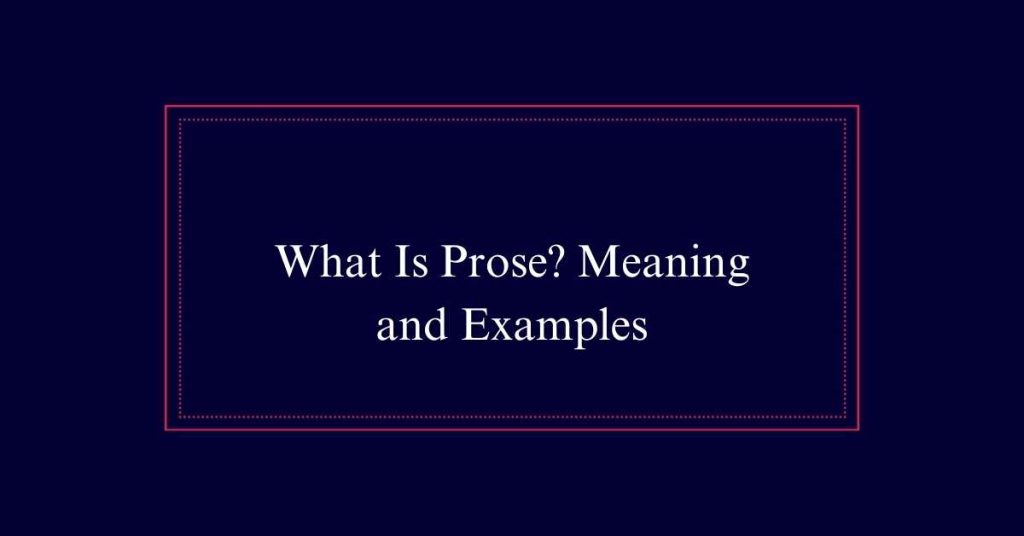
Fictional prose often follows a structured plot, with a clear beginning, middle, and end. Characters are developed through descriptions, dialogue, and actions. Themes and motifs are woven throughout the narrative to convey deeper meanings. Writers use literary devices like symbolism, foreshadowing, and irony to enhance the story.
Nonfictional Prose
Nonfictional prose encompasses factual writing that aims to inform, explain, or persuade readers. This type of prose includes various forms such as guidebooks, memoirs, essays, news stories, and textbooks. Each serves a distinct purpose, from providing practical information to recounting personal experiences or analyzing current events.
Nonfictional prose adheres to factual accuracy and objectivity, aiming to present information clearly and logically. Writers of nonfictional prose often use straightforward language to make sure their message is easily understood. This form of writing is essential in many fields, including education, journalism, and professional communication.
Heroic Prose
Heroic prose consists of narrative works that are typically passed down orally and include sagas and tales. This type of prose is rich in folklore and myth. It often conveys the heroic deeds and adventures of legendary figures. These stories are usually set in ancient times and emphasize bravery, honor, and the struggle between good and evil.
Heroic prose is characterized by its straightforward language and clear structure. It avoids the use of rhyme and meter found in poetry. Examples include the Norse sagas and the tales of King Arthur. These narratives have historical and cultural significance, reflecting the values and beliefs of the societies that created them. Heroic prose remains an integral part of literary heritage.
Prose Poetry
While heroic prose captures ancient tales of valor, prose poetry blends the straightforwardness of prose with the expressive elements of poetry. It uses ordinary language but incorporates poetic techniques such as imagery, metaphor, and rhythm.
Unlike traditional poetry, prose poetry does not employ line breaks or a fixed structure. It reads like prose but evokes the emotive and aesthetic qualities of poetry. This form allows writers to explore complex emotions and ideas within a more flexible framework.
Famous examples include works by Charles Baudelaire and Gertrude Stein. Prose poetry bridges the gap between storytelling and lyrical expression, offering a unique way to engage readers through vivid, evocative language without the constraints of traditional poetic forms.
Writing Prose
Crafting prose involves adhering to grammatical conventions while allowing room for creativity. A writer must balance structure and imagination. This involves following standard grammatical rules and deviating when necessary for reader engagement. Different types of prose have specific guidelines. Literary devices enhance the text but should not overwhelm it. Proper formatting is essential for clarity and readability.
| Element | Importance | Example |
|---|---|---|
| Grammar | Ensures clarity | Correct sentence structure |
| Creativity | Engages readers | Unique metaphors |
| Literary Devices | Adds depth | Similes, metaphors |
| Formatting | Aids readability | Paragraphs, headings |
Prose Vs. Poetry
Prose and poetry represent two distinct forms of written expression, each with unique characteristics and structures.
Poetry often uses deliberate line breaks, rhyme schemes, and metrical patterns. It relies heavily on figurative language and stylized formatting to convey emotions and imagery.
Prose, on the other hand, employs literal, everyday language. It is written in sentences and formatted in paragraphs, reflecting natural speech patterns. Unlike poetry, prose lacks a structured meter or rhyme scheme. This allows it to communicate ideas more directly and logically.
While poetry may focus on evoking a specific emotional response, prose aims to inform, entertain, or persuade through clear and straightforward language.
How Does Syntax Influence the Understanding and Use of Prose?
Understanding syntax is crucial in comprehending prose. Knowing what is syntax article helps readers grasp the structure of sentences, the arrangement of words, and the overall meaning of the text. Syntax greatly influences the flow, clarity, and impact of prose, enhancing comprehension and effective communication.
Examples of Prose
Understanding the differences between prose and poetry helps appreciate various examples of prose in everyday life. Prose is evident in everyday communication, such as news articles, essays, and textbooks.
For instance, a sentence like ‘Crocodiles are the largest reptiles on Earth’ is a clear example of prose. Similarly, a casual statement like ‘Our road trip purpose was renewed after the gas stop’ showcases prose’s straightforward nature.
Prose also appears in formal communications, such as ‘Due to volume, inquiries may not receive individual responses.’ Moreover, practical instructions, like ‘Enthusiastic response to shed-building offer,’ highlight prose’s utility.
Lastly, factual statements such as ‘Earth has seven continents’ underscore prose’s role in conveying information clearly and directly.
